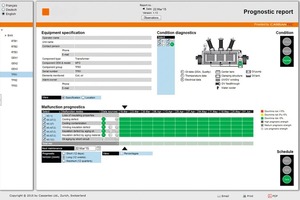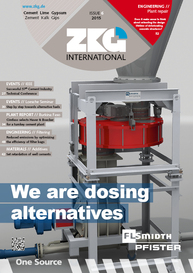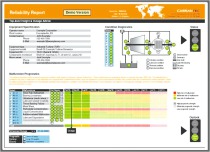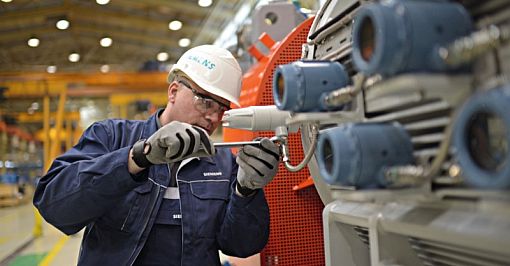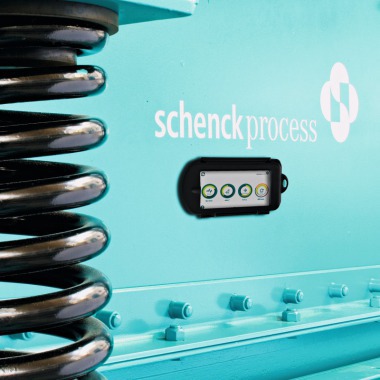Prognostics provides a precise time frame
Almost every company knows what it is like when there is an unplanned outage of equipment. One reason for such an outage can be a maintenance schedule that has not been optimally adapted to the equipment. Maintenance is often carried out either too early or too late – after a malfunction of the equipment has already occurred. Consequently, an outage of individual components often causes a standstill of the entire production. Spare parts may need to be ordered. It can take days before the equipment can be returned to full working order. This can result in substantial economic damage to the company. “The enormous costs which can be the result of such a standstill can be avoided”, says Moritz von Plate, CEO of the Cassantec AG, headquartered in Zurich, Switzerland.
In order to avoid such equipment outages the company offers condition-based prognoses. Cassantec Prognostics forecasts time windows in which equipment malfunctions can occur. Using the Prognostics approach, the company compiles an individual report for the respective piece of equipment in order to determine when and with what probability a particular type of malfunction is to be expected. This enables the operator to identify the time frame for necessary maintenance. In cooperation with the customer Cassantec determines what the most critical potential malfunctions are; yet there is no need for a malfunction history as Cassantec can also forecast malfunctions that have not yet occurred in the equipment at hand.
To compile the report Cassantec uses a unique combination of mathematical methods. This way future condition trends, risk profiles of malfunctions and the remaining useful life (RUL) of equipment is determined. The prognosis is updated in periodical intervals by using historical and current condition data as well as process data such as temperature, vibration and lubricant analyses. The results of the analysis are presented in a decision orientated format such that the schedule for necessary maintenance interventions can be optimised. Cassantec offers the prognostic report on a subscription basis (Software as a Service – SaaS) and in certain cases it is possible to acquire a software licence.
The asset operator profits from such a prognostic solution in a number of areas. By changing from reactive, or as the case may be, preventive maintenance cycles, to condition based maintenance, costs can be cut. Prognostic reports can be used to precisely justify maintenance decisions and plan them long-term. This way, maintenance interventions can be bundled or avoided altogether with the aim to minimise the overall downtime. Additionally, Cassantec Prognostics enables comprehensive fleet-wide learning.
The prognostic solution broadens the customer’s planning horizon. The customer can assess transparently when particular equipment needs to be maintained. “Our prognostic report reaches further than equipment condition monitoring. With our approach we also expand predictive diagnostics. The latter gives a signal at the moment when a time window for a potential malfunction opens. Cassantec Prognostics calculates when in the future such a time window will open, when it will close again and how the risk is distributed within that time window”, says von Plate.
//www.cassantec.com" target="_blank" >www.cassantec.com:www.cassantec.com

